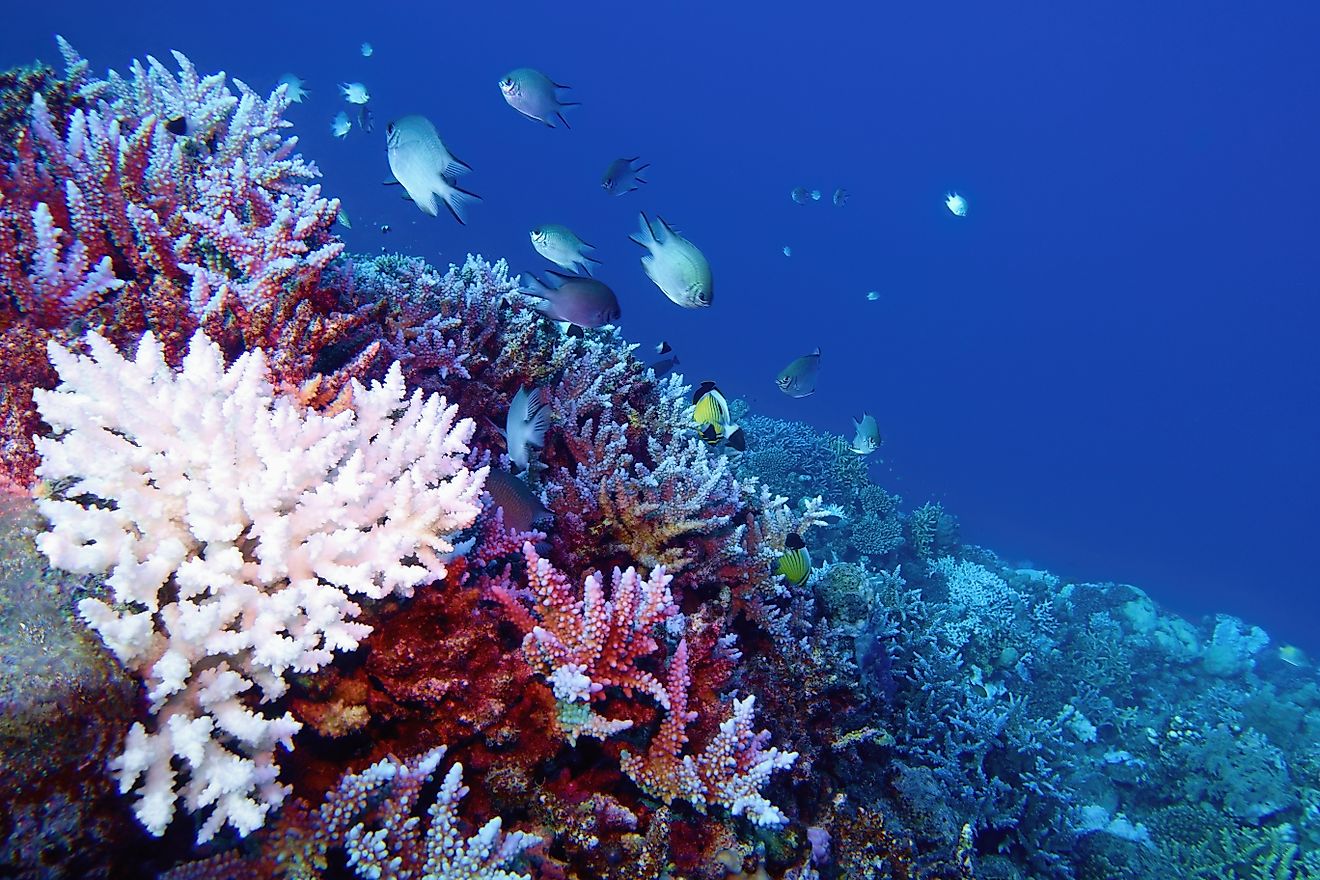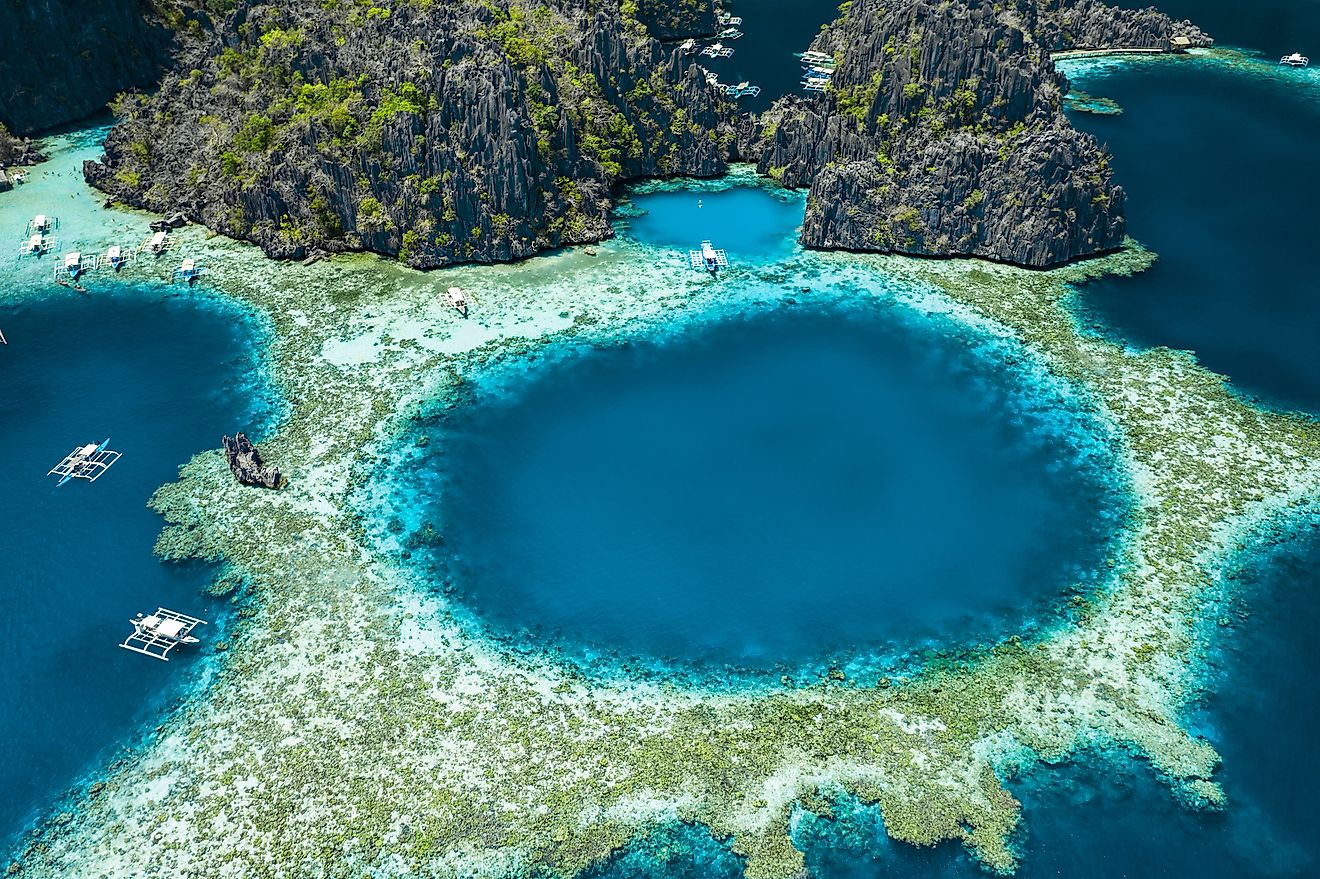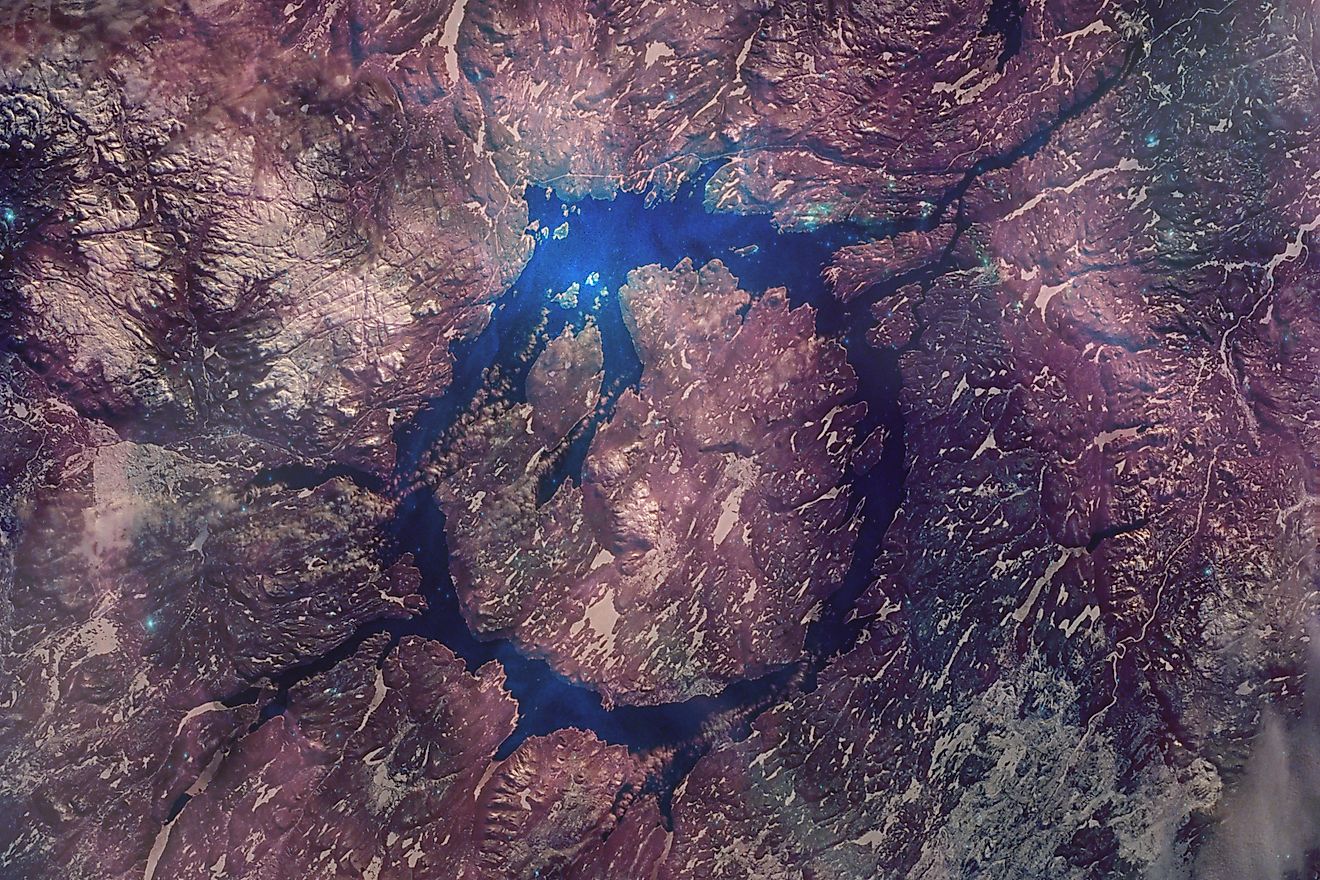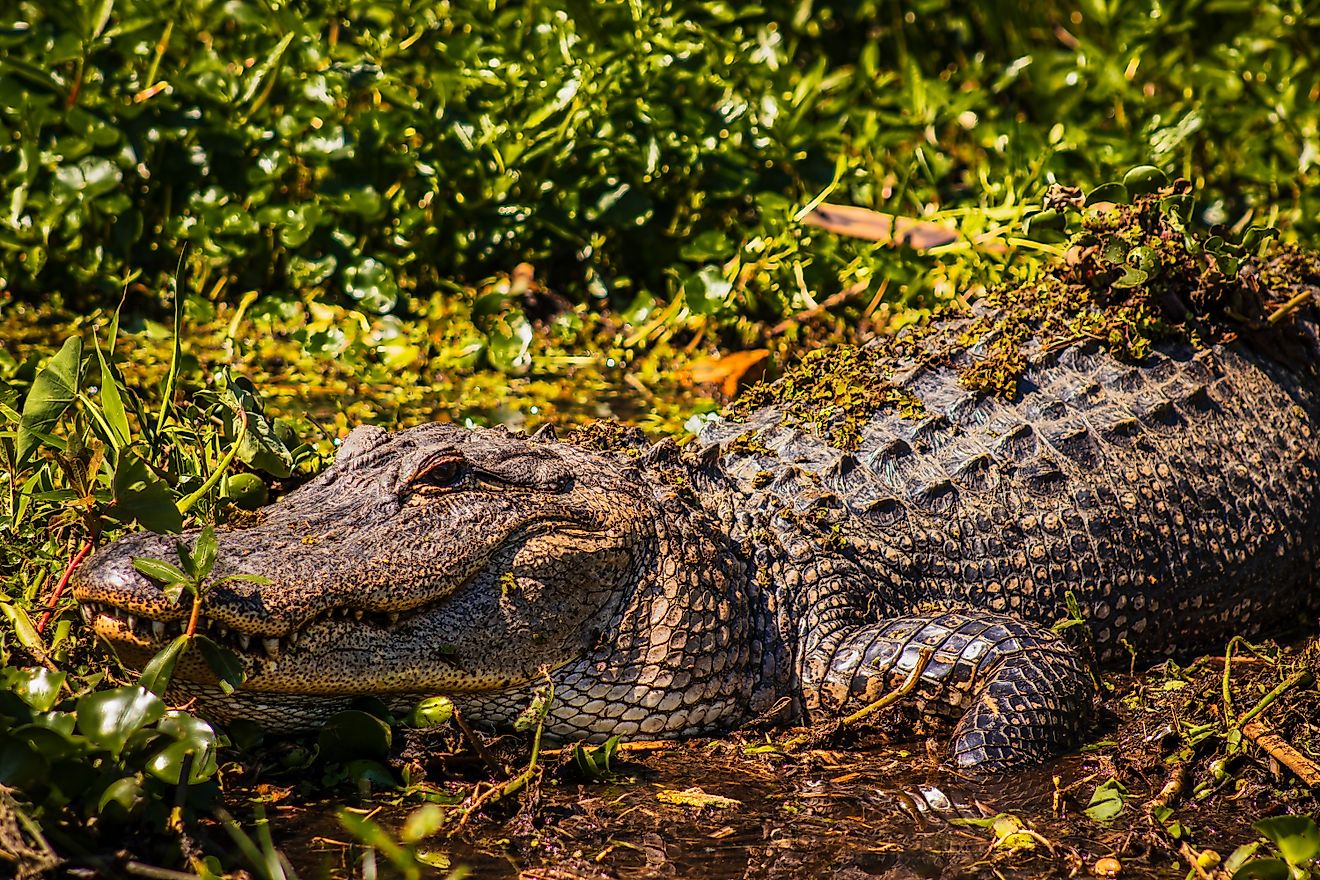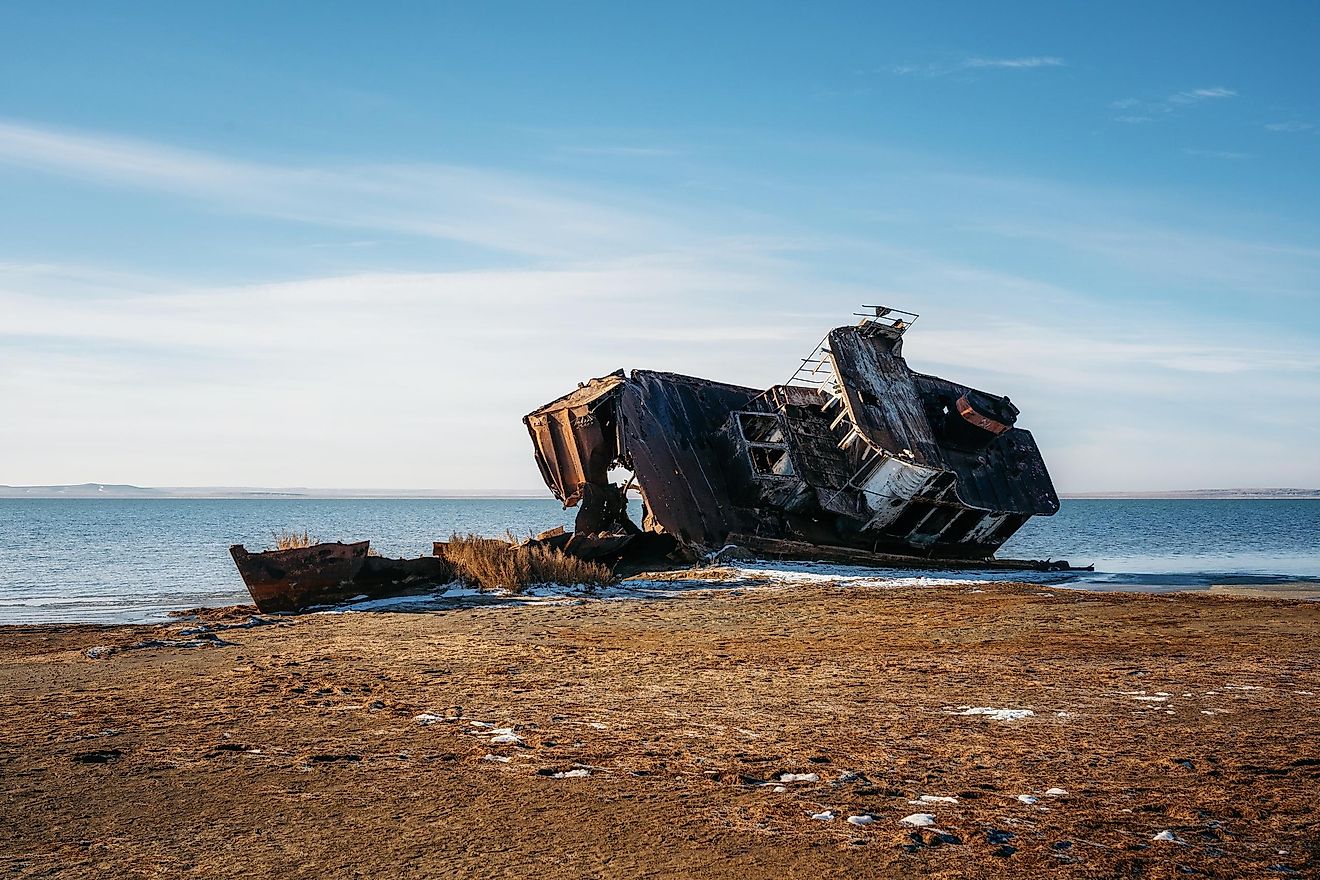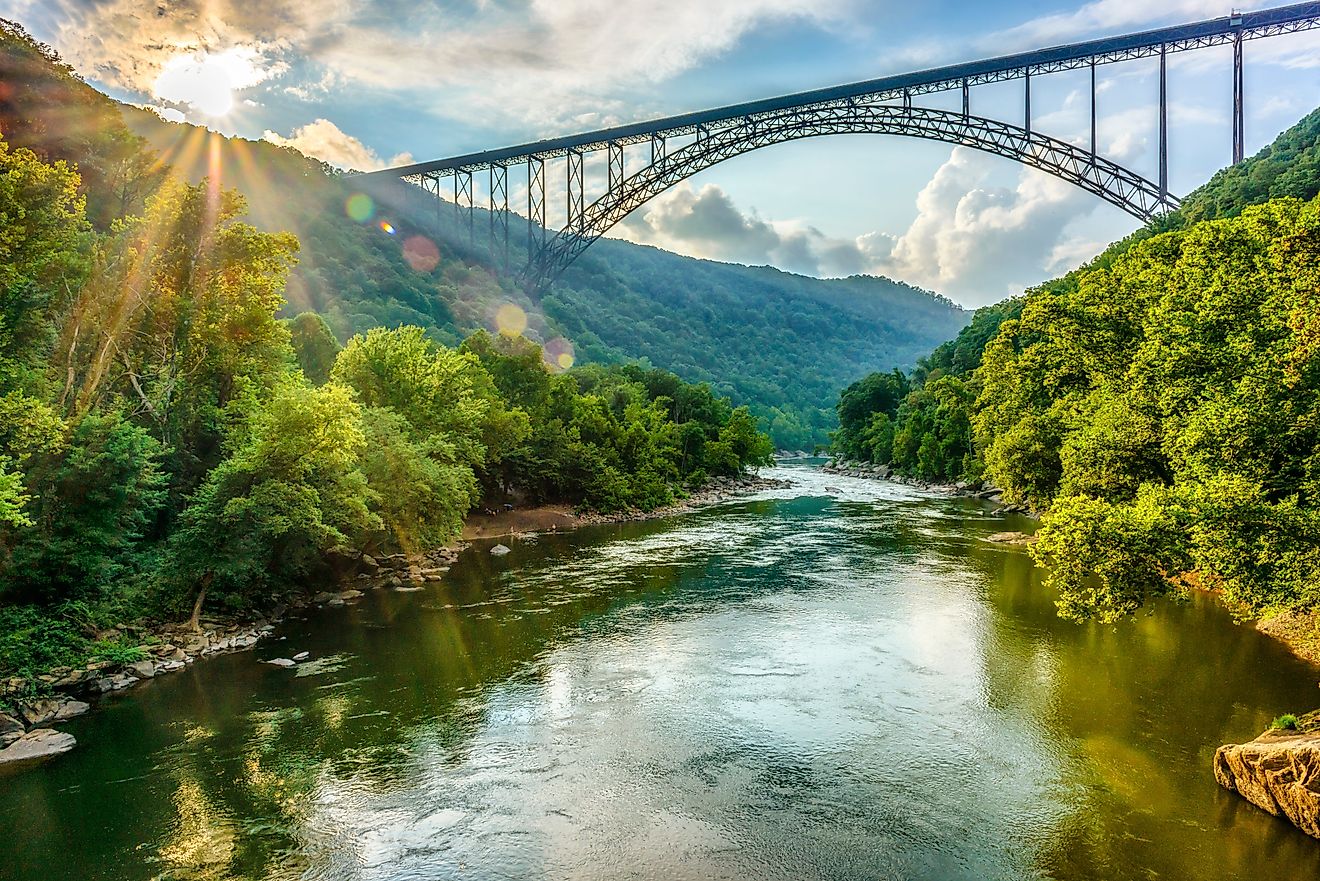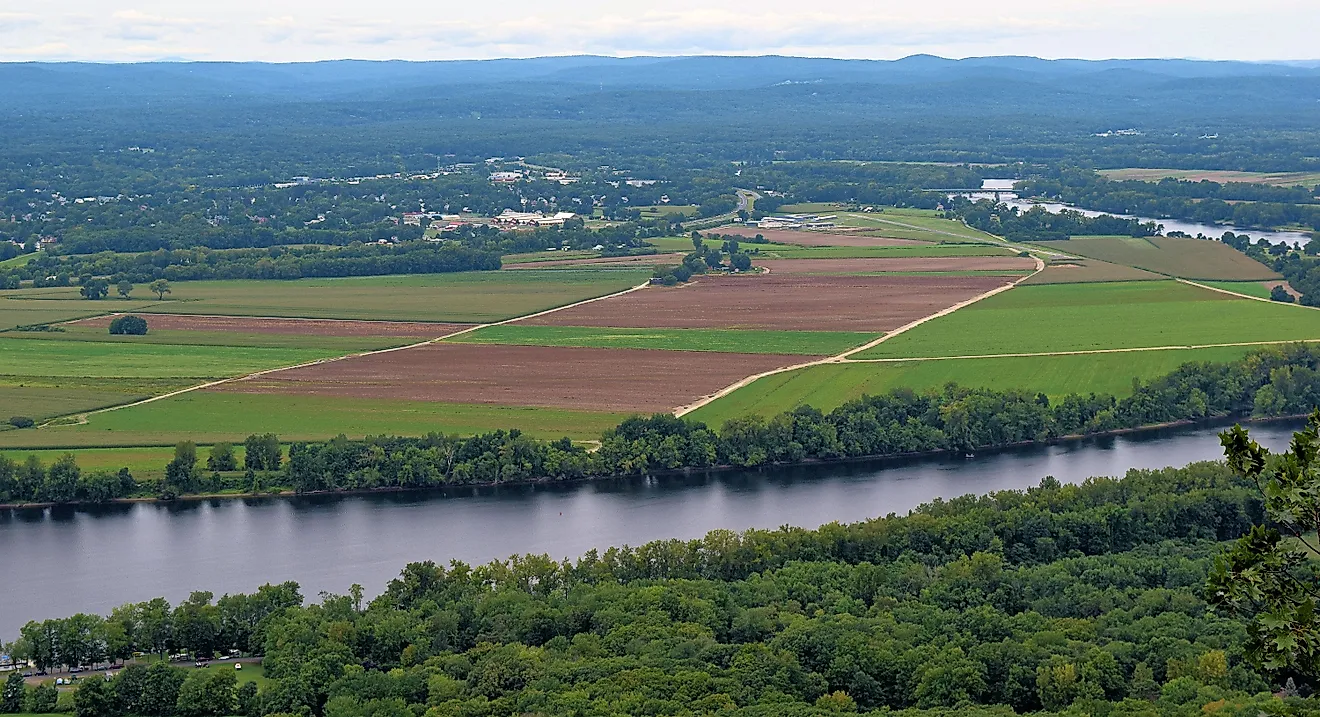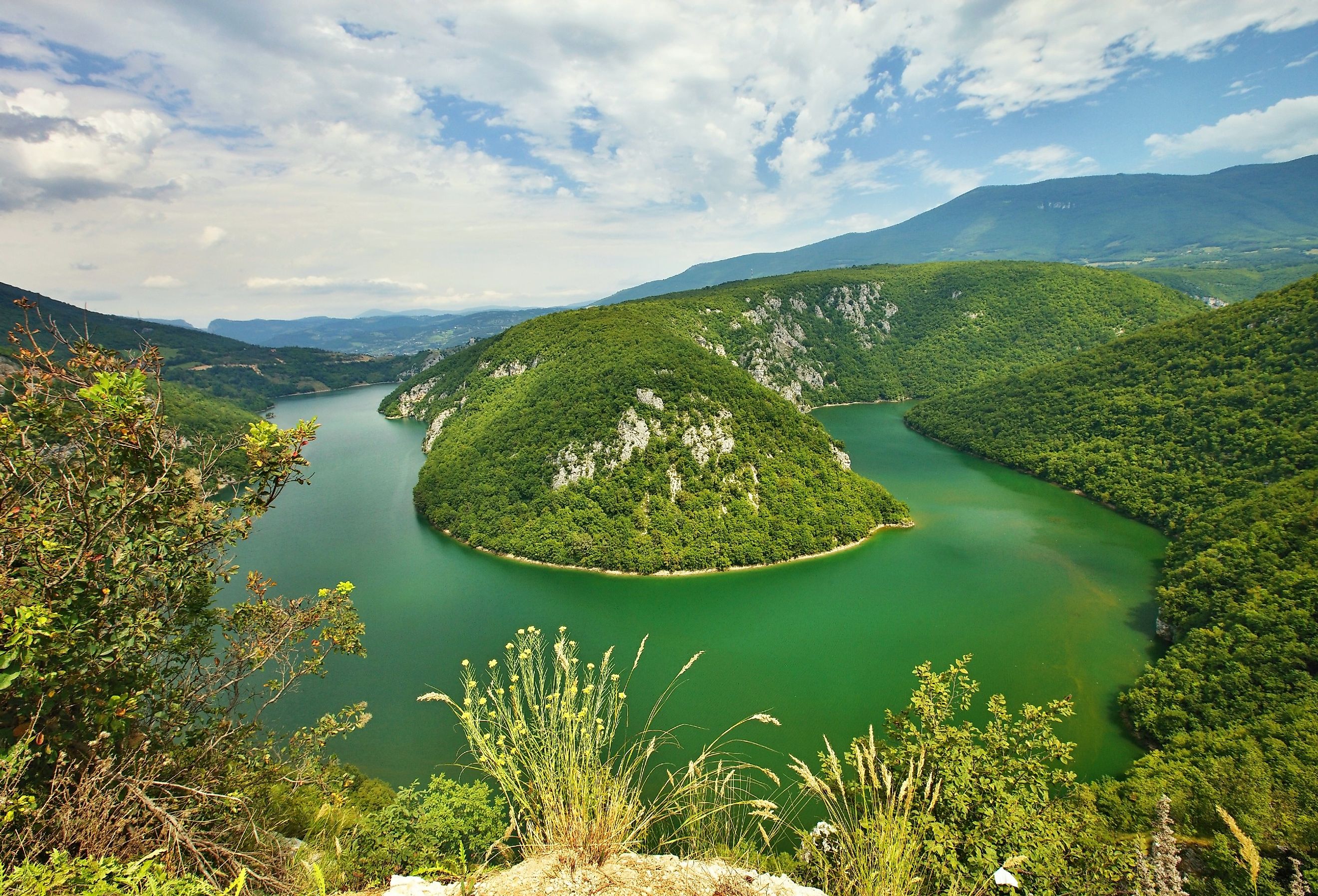
Drava River
Also referred to as Drau in German, the Drava River is a 440-mile-long river that flows in south-central Europe. In ancient times, the river was Dravus or Draus in Latin, but its present name is believed to be of pan-Slavic origin, developed from the Indo-European term dreu, which means to run. After Tisza, Sava, Prut, Mures, and sometimes Siret, Drava is the Danube River’s fifth or sixth-longest tributary. Draining an area of approximately 15,504 square miles, the Drava River links four European nations. The initial short stretch of the river is in Italy, followed by Austria, and Slovenia, with the river joining the Danube close to Osijek, Croatia’s fourth-largest city.
Course Of The Drava River
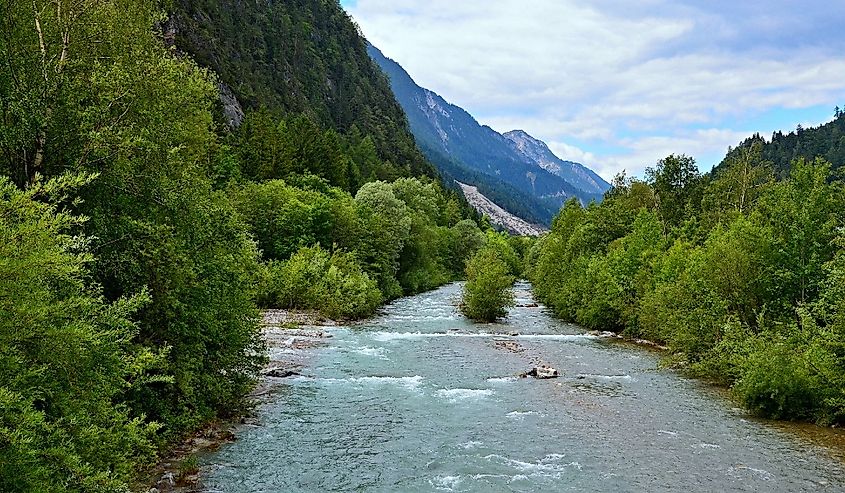
The Drava River originates on the northern side of the Cima Nove Dobbiaco Mountain at the Toblach Field’s southern edge, southwest of the town of San Candido (Innichen) in Italy’s Autonomous Province of Bolzano (South Tyrol). The river then flows past the town in the eastern direction along the glacially formed expansive Puster Valley. The river then enters Austria and continues its journey in East Tyrol. In the medieval town of Lienz, the Drava River meets Isel, its first significant tributary. From here, the river flows along a valley between the Kreuzeck Mountain Range of the larger High Tauern Chain in the north and the Gaital Alps in the south. The Drava River then enters a much wider valley close to Sachsenburg, where it is joined by its left-side tributary, Möll, just below Grossglockner, and continues in the southeast direction reaching the Austrian town of Spittal an der Drau.
Close to the city of Villach, the river enters the vast Klagenfurt Basin, where it is joined by its tributary Gail, which originates from the Gail Valley. The Drava River then flows in the eastern direction near the northern foothills of the Karawanks Mountain Range and reaches the towns of Ferlach and Lavamünd. At Lavamünd, the Drava River is joined by its tributary Lavant, and further downstream at the village of Vic, the river enters into Slovenia.
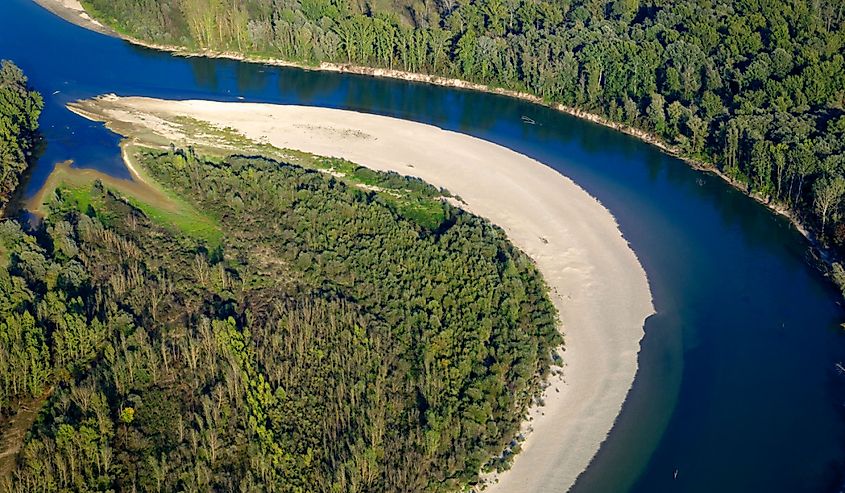
Near Dravograd, the Drava River is joined by Meza, its right tributary, and then flows into the picturesque Drava Valley placed between Kozjak in the north and Pohorje in the south. From Ruse onwards, the river flows along a much vast and densely populated valley to the city of Maribor. At the town of Ptuj, the Drava River enters the Ptuj Field and touches the hilly Haloze area, where the tributary Dravinja joins, and immediately before the town of Ormoz, it is joined by its tributary Pesnica. The Drava River then continues along the Slovenia-Croatia boundary and flows in the eastern direction past Varazdin through the Medimurje region. Close to the town of Legrad, the river reaches the boundary between Croatia and Hungary, where it runs all the way to Donji Miholjac and then to Osijek, where it finally empties into the Danube River.
Geography Of The Drava River
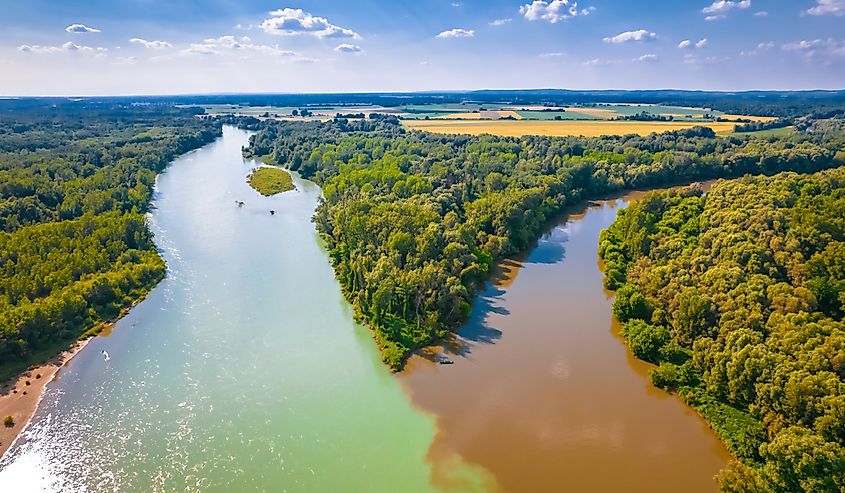
The Drava and Spöl Rivers are the only two rivers that originate in Italy but form a part of the Danube drainage basin. The principal left tributaries of the Drava River include Isel, Möll, Lieser, Gurk, Lavant, and Mur, whereas its major right tributaries include Gail, Meza, Dravinja, and Bednja. Being a typical fluvioglacial river, the Drava River has its highest flow in July due to the melting of glaciers, while a majority of other rivers show significant signs of summer drought during this time. Another high point of the river is during November when the river receives water from the autumn rainfalls in the wide Alpine hinterland. In Italy and Austria, the precipitation area of the Drava River covers about 4.233 square miles; in Slovenia, about 1.042 square miles; and in Croatia, about 2.708 square miles. Due to the strong influence of the Mediterranean climate, the inflows from the southern portion of the river basin result in temporary flow surges, particularly during autumn.
Draining a total catchment area of about 15,504 square miles, the river’s mean yearly discharge seasonally varies from about 18,000 cubic feet per second to 24,000 cubic feet per second. The cities and towns located along the course of the Drava River are Lienz, Spittal an der Drau, Villach, and Ferlach in Austria; Dravograd, Vuzenica, Muta, Ruse, Maribor, Ptuj, and Ormoz in Slovenia; Barcs in Hungary; and Varazdin, Belisce, and Osijek in Croatia.
Importance Of The Drava River
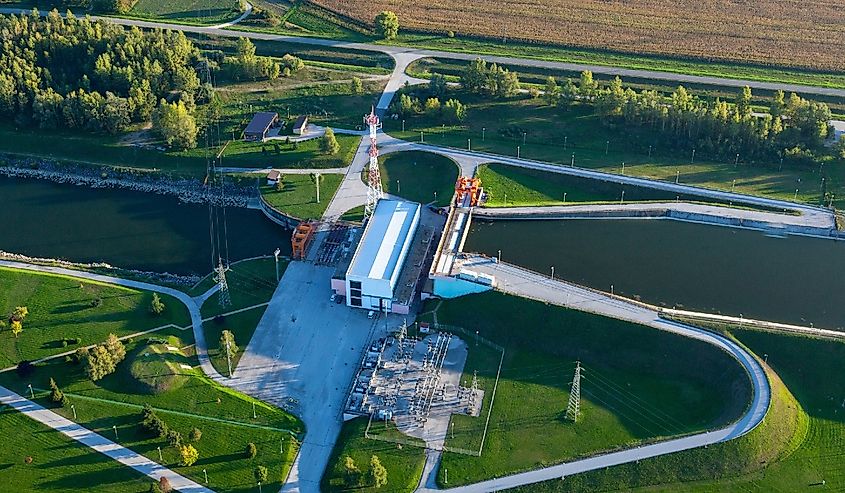
In terms of hydropower, the Drava River is one of the world’s most exploited rivers. The originally swift-flowing course of the Drava River has been heavily altered due to the construction of about 22 hydroelectric power plants. Of these, about 11 hydroelectric power plants are in Austria, 8 in Slovenia, and 3 in Croatia. There are two more artificial side channels in Slovenia for the purpose of hydropower plants. The Fala hydroelectric power plant, which began operating in 1918, is the oldest hydropower plant, while Amlach, Paternion, and Dubrava, began operating in 1989. The construction of this series of hydropower plants has changed the image and economy of the entire Drava Valley. The Drava River is navigable only by small boats in the upper reaches and by bigger crafts downstream from Donji Miholjac to its meeting point with the Danube River.
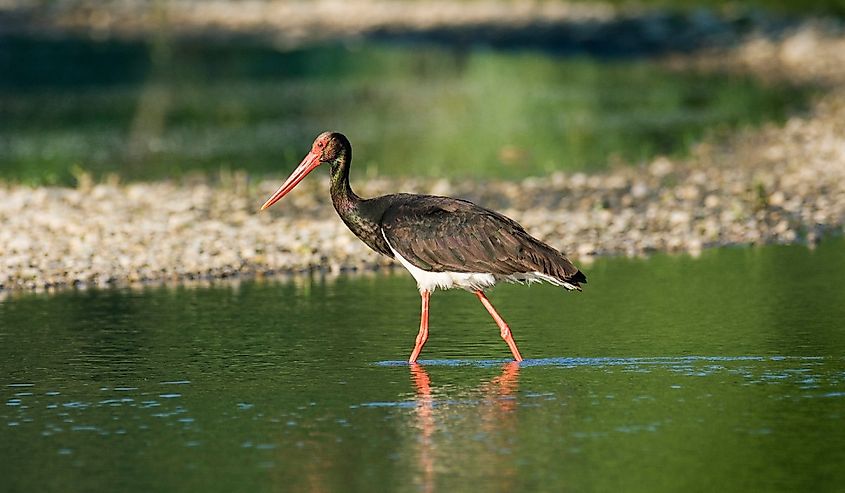
Although a majority of Europe’s lowland rivers are regulated, the Drava River Basin has preserved natural habitats along the middle and lower reaches of the river, supporting different floral and faunal species, of which several are endemic. In terms of its biodiversity and productivity, the Drava River Basin is comparable to tropical rainforests. A network of 13 protected areas along the river host several species, including rare black storks, white-tailed eagles, little terns, beavers, and otters, while fish travel freely between the national territories. Excellent walking and cycling trails are available for visitors along the shores of the river, while one can also ski or surf on the river or take a ride on a boat or a raft.
On September 15, 2021, UNESCO designated the Mura-Drava-Danube as the world’s first 5-country Transboundary Biosphere Reserve. Covering more than 434.96 miles of the Mura, Drava, and Danube Rivers, the biosphere reserve stretches across the countries of Austria, Croatia, Slovenia, Hungary, and Serbia. The entire reserve, nicknamed the Amazon of Europe, is the continent’s biggest riverine-protected area. This designation brings hope to protect and revitalize the Mura-Drava-Danube area, enhance cross-border cooperation, and encourage sustainable business practices.
